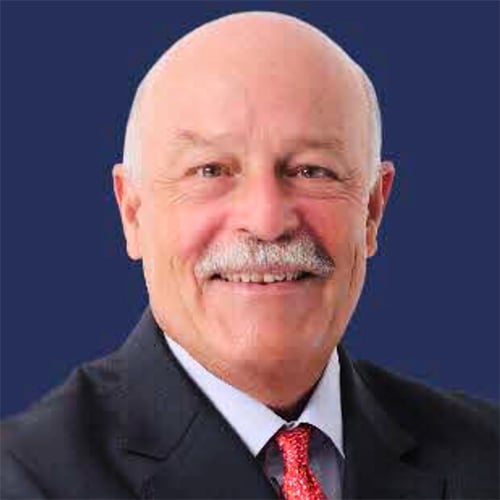
On 28 May 2024, the US successfully converted to a T+1 settlement cycle, thanks to global collaboration, advance preparation, automated solutions and robust testing. Although the full impact on foreign exchange, securities lending and corporate actions will take time to assess as firms normalize to a T+1 cycle, reports by and large have been favourable. For example, affirmation rates and trade fails in a T+1 environment are now either on par or better than pre-T+1 levels – validating industry observations that firms are adhering to industry best practices to not only achieve same day affirmation but are well prepared to manage major market events like triple witching and the MSCI quarterly rebalancing. With this positive outcome, the industry must ensure that it remains at a high degree of market and settlement efficiency far into the future.
Embracing new beginning
While T+1 has now been introduced in the US, the work required for settling US securities is not yet complete. Although most non-US firms with high trading volumes have upgraded their systems to meet T+1 requirements, it is understandably more challenging for smaller, boutique players to invest in the enhanced technology required to meet shorter settlement timelines. These firms, with limited or no global support, have opted not to fully transform their operations yet – undertaking minimal adjustments to their systems before the cross over to T+1. These firms wish to assess the full impact of the change, critical dependencies and the remedial changes needed after go-live before plunging into significant technology decisions.
If the US move to T+1 settlement has taught us anything, it is that operational readiness, pre-launch testing, automation and straight through processing can better prepare us for accelerated settlement as well as the unexpected. Another obvious key lesson learned – human touch points and batch processing are not efficient and do not position firms to best achieve accelerated settlement. Instead, firms should introduce a robust, fully automated post-trade life cycle, ensuring system reliability with proper controls to enable performance efficiency and advance to no-touch processing.
Using data effectively
Complete and accurate reference data such as standing settlement instructions (SSI) for securities, cash and foreign exchange that are maintained in an automated database are critical to the facilitation of rapid settlement processing as opposed to manual follow ups to verify settlement details. Further, immediate or real-time access to data enables firms to dive quickly into the details of the trade and resolve any potential issues such as trade mismatches and exceptions to prevent the trade from failing.
As speed is the name of the game in a T+1 environment, automated post-trade processing solutions enriched with golden source data sets can provide the needed performance metrics and visibility to pinpoint areas to enhance operational processes and workflow efficiency.
Taking remedial steps
Modifications to system and process enhancements should not be viewed as a US-centric initiative to support T+1. The direction of travel towards reduced risks, improved market efficiency and competitiveness is driving the United Kingdom, Europe and countries in Asia to place shortening settlement cycles high on their market structure agendas. Regardless of whether major markets will be moving to T+1 simultaneously or progressively over the next few years, firms should take this opportunity to enhance and scale existing processes to prepare for an eventual move to T+1 across additional markets.
While the initial technology investments could be significant, there are long-term returns – such as operational efficiency and cost reduction – of future-proofing infrastructure, systems and processes to gear up for evolving market and regulatory changes. Firms should approach implementing technology in a holistic manner and base decisions on individual firm’s unique requirements. Today, there are existing tried and tested solutions such as an automated central matching platform and electronic database to manage SSIs that firms can tap to leverage proven capabilities and accelerate implementation.
More importantly, firms must first understand where their trades will be settled – and whether accelerated settlement timelines apply, regardless of where they will be trading, the type of instruments to be traded and the location of their domicile. An all-encompassing T+1 readiness post-trade solution – together with the use of industry standards like unique trade identifiers to provide greater transparency and central matching – will help to expedite the preparation curve and support differing cycles as countries successively transition to accelerated settlement.
Managing unexpected events
Operational resilience is also critical when it comes to speedy settlement. Regular review and enhancement of existing contingency and emergency plans post T+1 implementation is necessary to manage challenges related to operational issues and settlement deadlines. In the absence of in-house expertise and support, firms could look externally for guidance on risk assessments and problem identification to achieve operational resilience, decrease operational risk and optimize post-trade processing.
Improving operational resilience and post-trade processing is a continuous journey that requires high vigilance and collaboration with counterparties, vendors, and market infrastructure providers to operate in a post T+1 world. The time to start investing in automated solutions is now.
Val Wotton is the managing director and general manager for institutional trade processing at DTCC.









